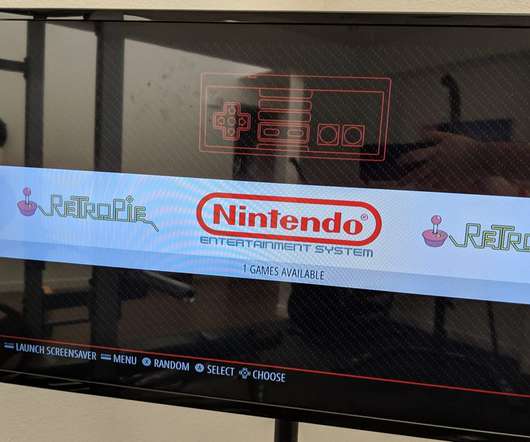Sponsored Post: NationBuilder, Twitch, InMemory.Net, Triplebyte, Etleap, Stream, Scalyr, MemSQL
High Scalability
SEPTEMBER 4, 2018
Who's Hiring? NationBuilder — if you’re a systems engineer, SRE or DevOps focused developer and have been looking for a place where you can help other people while still working in tech? We can give that opportunity. Please apply here. Twitch's commerce team in San Francisco is looking to hire senior developers to keep up with rapidly increasing demand for our Subscriptions and Payment platform.


















Let's personalize your content